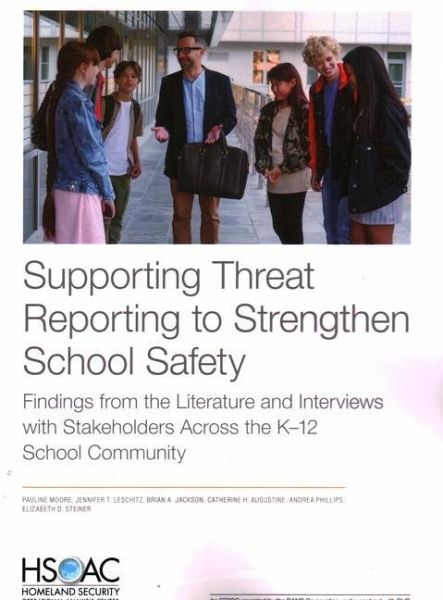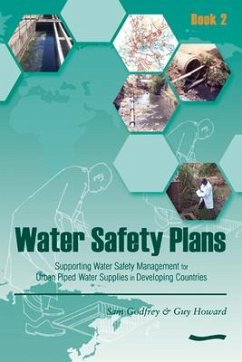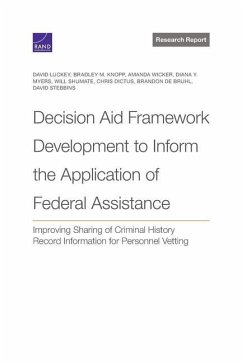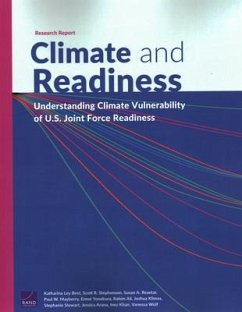
Supporting Threat Reporting to Strengthen School Safety
Findings from the Literature and Interviews with Stakeholders Across the K-12 School Community
Versandkostenfrei!
Versandfertig in über 4 Wochen
20,99 €
inkl. MwSt.

PAYBACK Punkte
10 °P sammeln!
This report describes threat reporting models available to U.S. kindergarten through 12th-grade schools and how school leaders can support individuals' decisions to report threats effectively.












